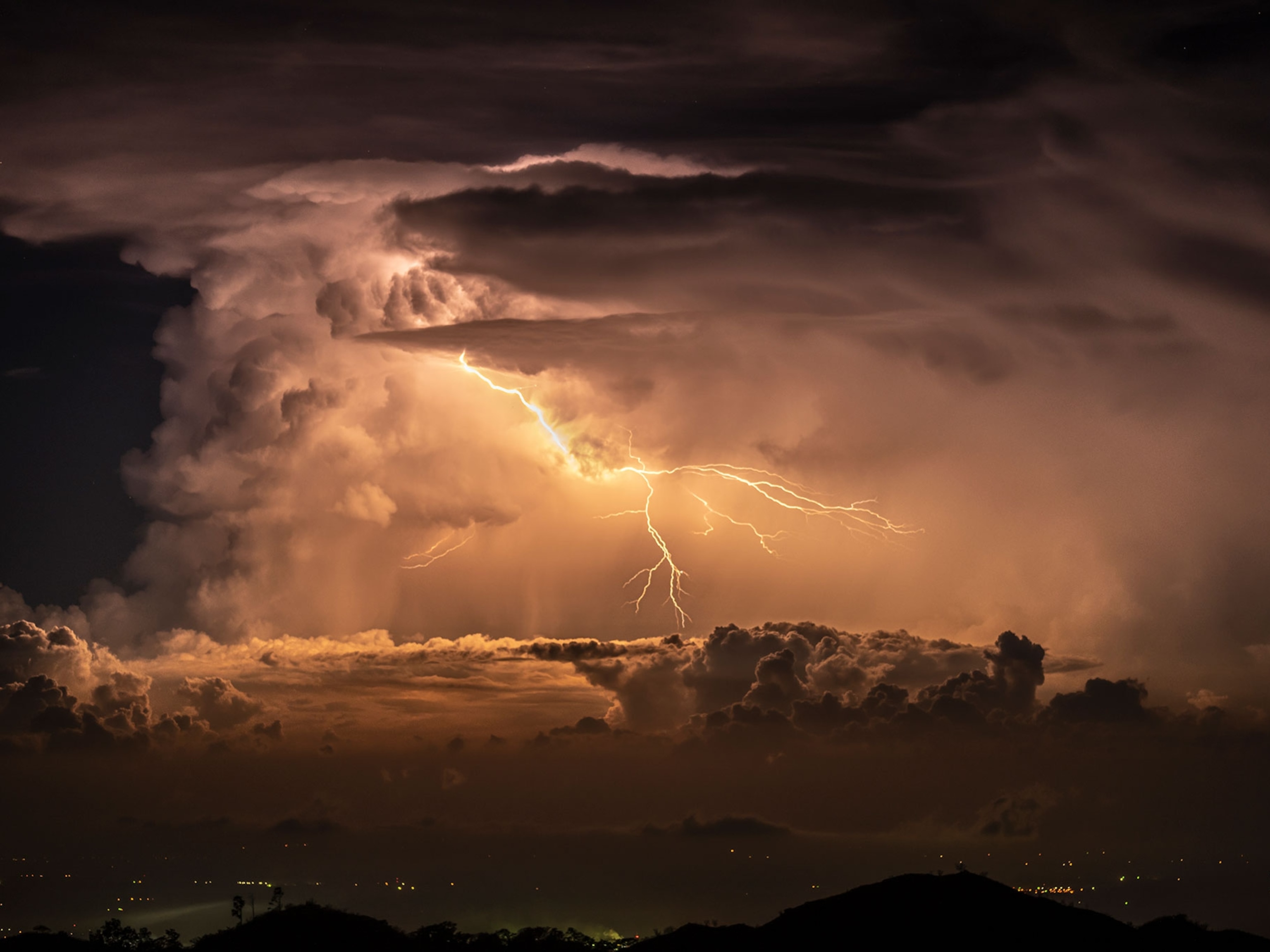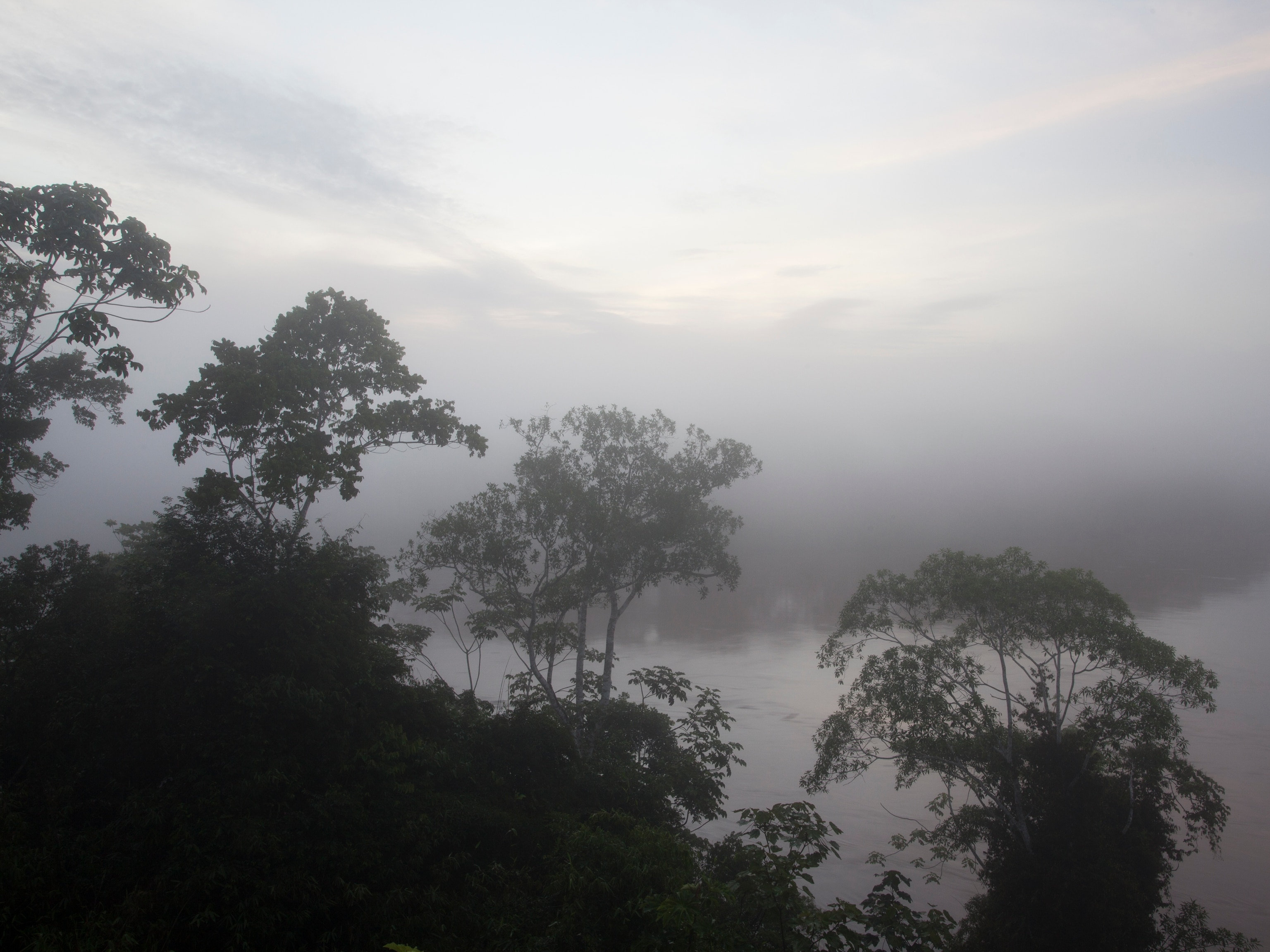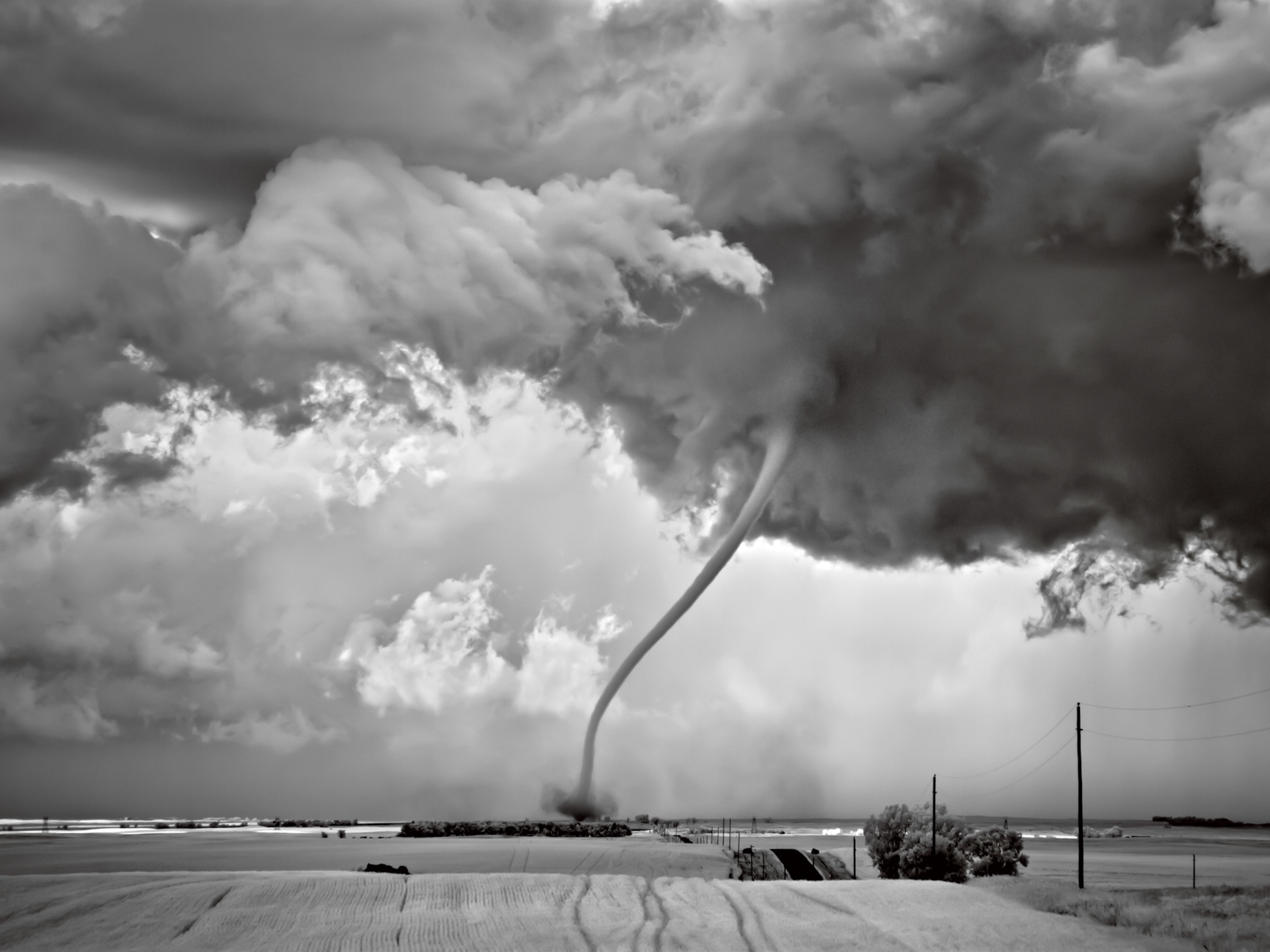Remember the Ozone Hole? Now There's Proof It's Healing.
Scientists find evidence that the hole is finally shrinking, thanks to the phasing out of harmful chemicals 30 years ago.
After three decades of observation, scientists have finally found the first fingerprints of healing in the notorious Southern Hemisphere ozone hole.
In 1974, Mario Molina and Sherwood Rowland, two chemists at the University of California, Irvine, published an article in Nature detailing the threats to the ozone layer from chlorofluorocarbon (CFC) gases. At the time, CFCs were commonly used in spray bottles and as coolants in many refrigerators, and they were rapidly accumulating in the atmosphere.
The groundbreaking research—for which they were awarded the 1995 Nobel Prize in chemistry—concluded that the atmosphere only had a “finite capacity for absorbing chlorine” atoms in the stratosphere.
After being widely attacked by the chemical industry, Molina and Rowland’s work was vindicated 11 years later, in 1985, when a team of English scientists realized the dire implications of their findings: the CFCs in the atmosphere had created a hole in the ozone layer. The loss of the protective ozone can lead to increased rates of skin cancer in humans and animals.
The Emergence of Healing
The research team, led by Susan Solomon, a professor of atmospheric chemistry and climate science at MIT, found multiple lines of evidence for the healing. The findings were published Thursday in Science.
The ozone hole forms every year over Antarctica, beginning in August and generally peaking in October. Solomon's team compared September ozone measurements, collected from balloon data and satellites, with statistical simulations that predict ozone.
Solomon’s team found that, in recent years, the hole is not eclipsing the 12-million-square-kilometer threshold until later in the southern spring, which indicates that the September hole is shrinking. In fact, the researchers believe the ozone hole has shrunk by more than 4 million square kilometers. Furthermore, the hole is not as deep as it used to be.
“The fact that the ozone hole is opening later is really the key here,” says Solomon. “It is opening later, it is smaller, and its depth is depleted. All of the measurements are independent, and when they all point to this [healing], it is hard to imagine any other explanation.”
It gives us hope that we shouldn’t be afraid to tackle large environmental problems.Susan Solomon, MIT professor
The researchers also found that the observations matched model predictions, and that more than half the shrinkage could be traced to the reduction in atmospheric chlorine.
According to Donald Blake, a professor of chemistry at the University of California, Irvine, the research represents the most complete study of polar ozone to date.
Tackling the Problem
In the 1980s, ozone in the atmosphere dropped like a rock at the initial onset of the affliction. The implementation of the 1987 Montreal Protocol—widely considered a triumph of international cooperation—quickly phased out industrial CFCs, and the ozone layer stabilized, though it was still at a depleted level.
The size of the ozone hole varies from year to year, influenced by changes in meteorology and volcanism, which can make it difficult to identify a healing trend. Scientists believe it has remained relatively stable since the turn of the century, but the October 2015 hole was the largest on record.
Scientists have long thought the ozone layer was recovering slowly, but Solomon and her team—comprising researchers from MIT, the National Center for Atmospheric Research, and the University of Leeds—are the first to rigorously uncover evidence of the healing.
Though the size of the 2015 hole was unusual, Solomon attributes it largely to the April 2015 eruption of the Calbuco volcano in Chile. Though volcanoes do not spew chlorine molecules into the atmosphere, their contribution of small particles increases the number of polar stratospheric clouds that react with human-made chlorine.
Future Implications
These findings suggest that ozone healing is right on pace with the expected timeline. As Blake explained, this shows that the gases that affect ozone are decreasing in the atmosphere.
Both Solomon and Blake expect to see a continued trend of slow healing; a full recovery is not expected until mid-century. The production of CFCs ceased in the 1990s, but have lifetimes of 50 to one hundred years, so the chlorine molecules produced in the 1970s and '80s are still hanging around the atmosphere.
Still, the findings are a happy culmination of decades of work by scientists, engineers, and diplomats around the world.
“It’s been quite a remarkable history,” says Solomon. “It gives us hope that we shouldn’t be afraid to tackle large environmental problems.”
Blake adds, “This is wonderful … to have a paper that comes out that rigorously says this is what we expected, and this is what we got, it makes me very happy. I wish Sherry [Sherwood Rowland] were alive today … he’d be very happy to read this.”
Follow Aaron Sidder on Twitter.





